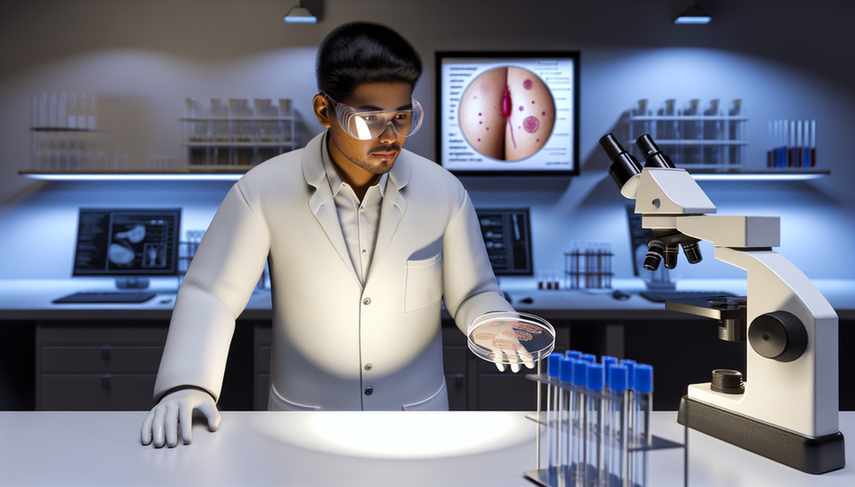Gonorrhea Diagnosis: Urethral Discharge, Pain During Urination, and Gonococcal Culture Insights

Gonorrhea, caused by the bacterium Neisseria gonorrhoeae, is one of the most common sexually transmitted infections worldwide. Despite advances in treatment, early gonorrhea diagnosis remains crucial to prevent complications and the spread of the disease. Gonorrhea can present with urogenital symptoms such as pain during urination and urethral discharge, but it can also be asymptomatic, especially in women, complicating timely detection and treatment.
Profundizando en el Diagnóstico
The diagnosis of gonorrhea is based on the identification of Neisseria gonorrhoeae in clinical samples. The gonococcal culture remains a standard method, particularly useful for assessing antibiotic sensitivity, given the growing issue of antimicrobial resistance. However, nucleic acid amplification tests (NAATs) have gained popularity due to their high sensitivity and specificity. These tests allow for rapid and accurate detection of the bacteria in urethral secretion and other locations [1].
Untreated gonorrhea can lead to severe complications such as pelvic inflammatory disease (PID), which can result in infertility and chronic pelvic pain. Therefore, it is essential for physicians to consider gonorrhea in the differential diagnosis of patients with urogenital symptoms, even in the absence of known sexual exposure [2].
Conclusiones
Accurate and early diagnosis of gonorrhea is fundamental for effective management of the disease and prevention of its complications. The combination of diagnostic methods, including Neisseria gonorrhoeae culture and molecular testing, provides a robust approach for detecting this infection. Additionally, ongoing surveillance of antibiotic resistance is crucial to guide appropriate treatment and avoid therapeutic failure [3].
Referencias
- [1] Performance of a single-use, rapid, point-of-care PCR device for the detection of Neisseria gonorrhoeae, Chlamydia trachomatis, and Trichomonas vaginalis: a cross-sectional study.
- [2] Etiology and Diagnosis of Pelvic Inflammatory Disease: Looking Beyond Gonorrhea and Chlamydia.
- [3] Gonorrhoea.
Created 6/1/2025
